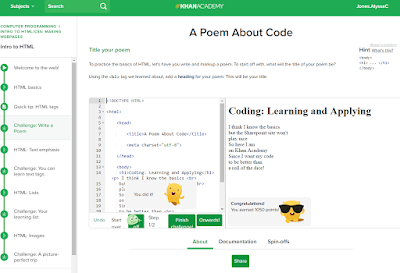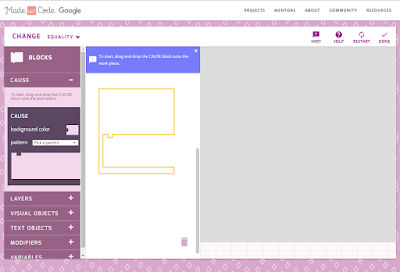The table of contents from the Chronicle of Higher Education is in my email every morning. I spend a few minutes most mornings reading one or two articles from it. The article on five books to read this summer caught my attention. Ken Bain’s book, What the Best College Teachers Do, was the “must read” book. Once I realized it was from 2004, I checked the catalog and, guess what, we already own the book. When I went to retrieve the book, the other books near it caught my attention. L. Dee Fink’s Creating Significant Learning Experiences and the Great Courses DVD, The Art of Teaching: Best Practices from a Master Educator were two. But the book that has the easiest to use and is the most practical is Collaborative Learning Techniques: A Handbook for College Faculty. If you know Angelo and Cross’ Classroom Assessment Techniques, it is set up similarly. I admire Patricia Cross’ work.
Barkley, E. F., Cross, K. P., & Major, C. H. (2005). Collaborative learning techniques: A handbook for college faculty. San Francisco, CA: Jossey-Bass.
Good collaborative learning is often a component of student engagement. The first third of this book addresses the philosophy behind collaborative learning and how to implement it. The last two-thirds of the book lists 30 different Collaborative Learning Techniques (CoLT) to use to facilitate discussion, reciprocal teaching, problem-solving, graphic information organization, or writing. Each CoLT gives examples of how this technique was employed in several different disciplines: calculus, nursing, accounting, and international business are some of the examples. At the start of each CoLT, it notes the group size, the time of task, duration of the group, and, most interestingly, Online Transferability—low, moderate, or high.
One of the examples under Problem Solving that has high online transferability is “Using Analytic Teams.” Each team member has a specific task to focus on when critically reading, viewing, or listening to a lecture. Depending on the content, students doing the assignment is responsible for one part of the critical analysis, such as connectors to what has been studied, historical researchers, critics, example collectors, summarizers, or questioners. By creating a separate forum for each group, each member can share what they noted and then the group together writes a team analysis that is shared with all of the other groups. This assignment reminds me of the same concepts learned in Reading Apprenticeship.






